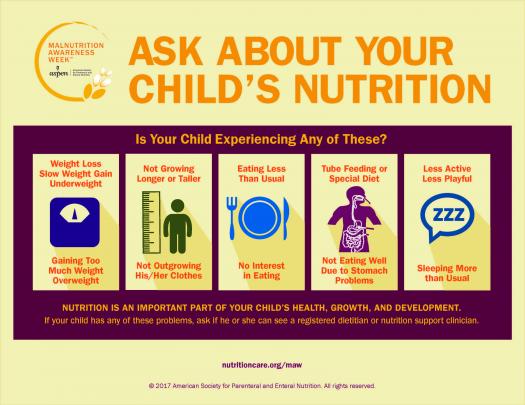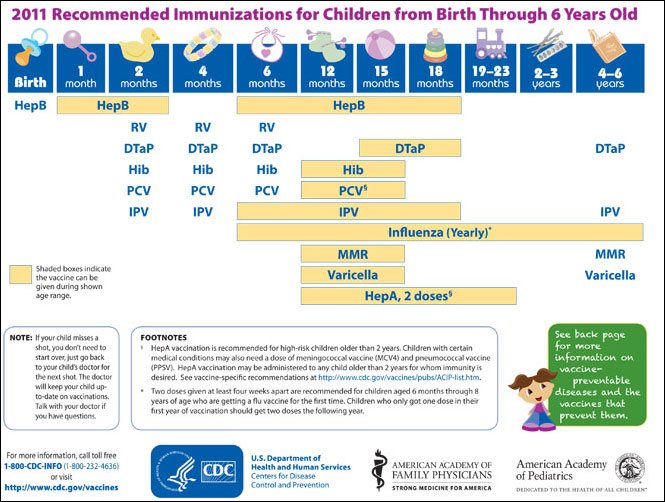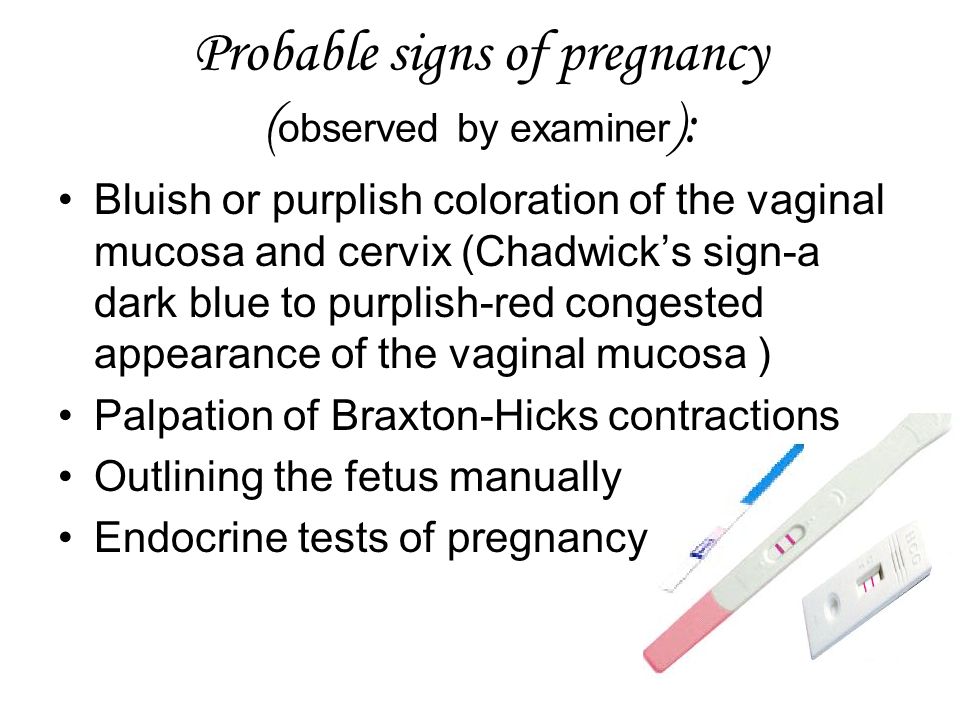How nutrition affects child development
How does Nutrition Influence a Child’s Development?
Do you find it hard to feed your children with nutritious food like fruits and vegetables? When this thought comes across your mind, it often slips off as though it does not really matter.
However, the fact of the matter is a child's development is highly dependent on their nutrient’s intake.
Before digging into the topic, let’s have a better understanding on what nutrients are and the importance of having a balanced nutritional diet.
Nutrients are compounds found in foods which are essential to health and life. Different nutrients have their own functions. Primarily, they provide energy, act as building blocks for growth and repair, and regulate chemical processes.
The human body cannot synthesize nutrients itself, thus we must obtain nutrients from our diet. Therefore, a balanced diet consisting of all the required nutrients in its appropriate amount is needed.
While many are aware that a balanced diet maintains a healthy weight, the advantages are more than just one's weight maintenance. Good nutrition is critical to improve a person's well-being and recovery from injury or illness. A well-balanced diet also lowers high cholesterol level and strengthens the immune system to fend off illnesses.
Good nutrition is always needed regardless of the age. Nevertheless, the preschool years, specifically ages ranging from three to five years old, are influential period to ensure a healthy child's development that lasts a lifetime.
Childhood is always the critical period for establishing healthy growth and development including physical, emotion and mental abilities. Hence, there is a significant scientific interest in influencing a child’s nutritional level since young to aid in their growth and development.
Here are some facts all parents need to know about.
1. Brain development
Quality nutrients are needed for brain development.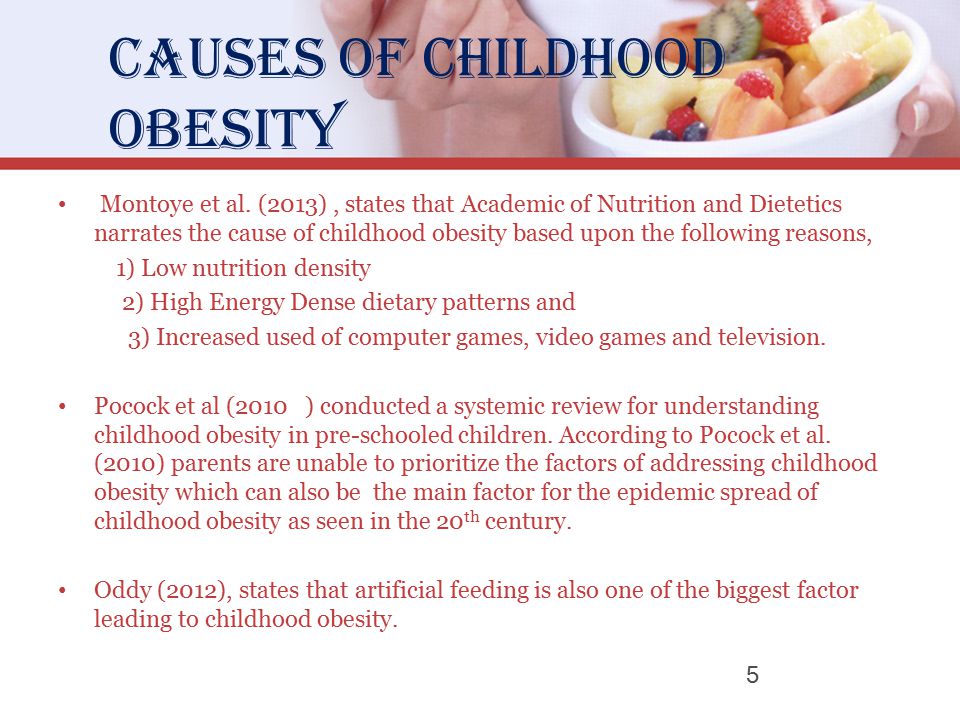 All nutrients contribute their roles in brain development but certain nutrients have greater influences during the neonatal and late fetal time periods.
All nutrients contribute their roles in brain development but certain nutrients have greater influences during the neonatal and late fetal time periods.
These include iron, protein, iodine, folate, selenium, vitamin A, choline, and long-chain polyunsaturated fatty acids. It has been proven that brain development is the most sensitive to an infant’s nutrition between mid-gestation and two years of age.
Due to this, newborn mothers should provide breast milk as it offers the ideal and best mix of nutrients for brain growth. Hence, parents do not have to worry about their children who do not eat vegetables and fruits at this early stage.
2. Emotional health
There is a misconception that nutrition level will not affect emotional health.
When it comes to our natural food intake, many have no idea what we are supposed to eat to regulate our emotion. Yet, nutrients such as vitamin B6, folate, and choline are critical in synthesizing neurotransmitters, a brain chemical, which regulate one’s memory and mood. Consequently, deficiency of these nutrients is associated with mood-related emotions like depression and anxiety.
Consequently, deficiency of these nutrients is associated with mood-related emotions like depression and anxiety.
Therefore, an increase in nutrient-rich food such as fish and legumes and a decrease in junk food consumption during a child’s development have a significant impact on their wellbeing and mood. Parents should also ensure their food intake consists of omega-3 fatty acid which helps in decreasing stress and mood disorders.
3. Physical health
Healthy eating patterns with adequate nutrition is a good way to prevent malnutrition. Malnutrition includes under-nutrition or overnutrition, both of which play an important role to a child’s development with life-long effects.
During childhood, under-nutrition can cause kids to have lesser energy and interest during learning, which negatively affects their cognitive development and academic performance. It also affects physical growth and maturation, and body height and weight.
Apart from that, obesity, a form of malnutrition, which is also known as overnutrition, is possible to have low nutrient-density along with high levels of fat and carbohydrate. Thus, malnutrition affects their competence and confidence during physical activity, showing how it can further deteriorate an established growth and development in kids.
Thus, malnutrition affects their competence and confidence during physical activity, showing how it can further deteriorate an established growth and development in kids.
4. Behavioural development
Proper nutrition helps to develop well behavioural development in children.
However, it is unfortunate that many parents do not realize what their kids eat daily could impact their behaviour. For example, dairy consumption among children is related to hyperactivity. This means that some kids act out more than usual after eating foods with high dairy content such as milk, yogurt, and cheese. Nevertheless, this does not indicate that parents are not allowed to provide their kids with foods containing dairy products. Instead, a regular consumption of dairy should be taken in place to avoid an imbalanced diet.
Although adjusting a kid’s diet might seem like an intimidating task at first, many parents will feel relieved when their child has positive changes in their behaviour according to a well-balanced nutrition.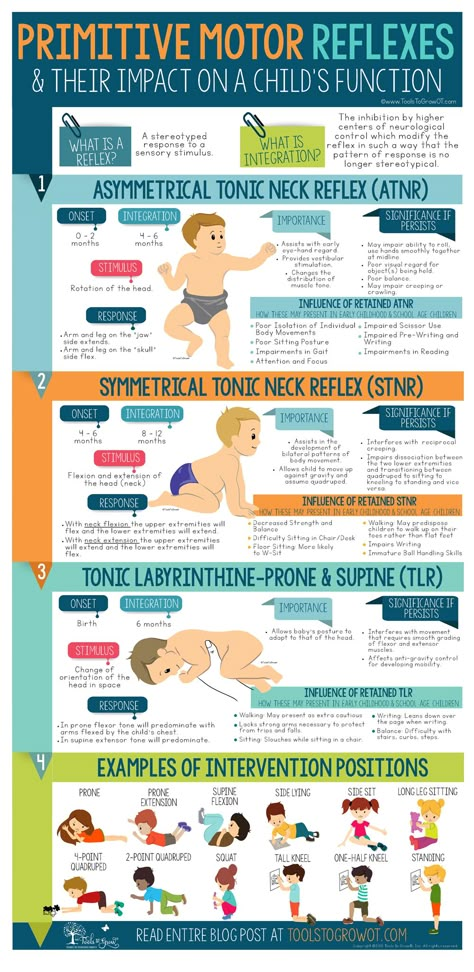
Moreover, social behaviours have been proven to be more susceptible to the consequences of having poor nutrition. This is evident in children who had poor diets during the critical period from birth to two years old in how they appeared to be less active and withdrawn compared to their peers.
Well... what is the takeaway?
Parents are key individuals to their children's healthy growth and development. We cannot expect our children to eat healthy on their own accord, and this responsibility lies in parents.
Parents must learn and know about healthy eating to help their children to grow with a well-balanced diet.
So, do train your kids well with all the nutrients they need since young. And of course, kids observe and imitate their parents' actions; hence, remember to always be a good role model with the type of food you consume in front of them.
References
Gifford, B. E. (February 2020). Food for thought: Does what my kids eat affect their mental health? Retrieved from Happiful Magazine.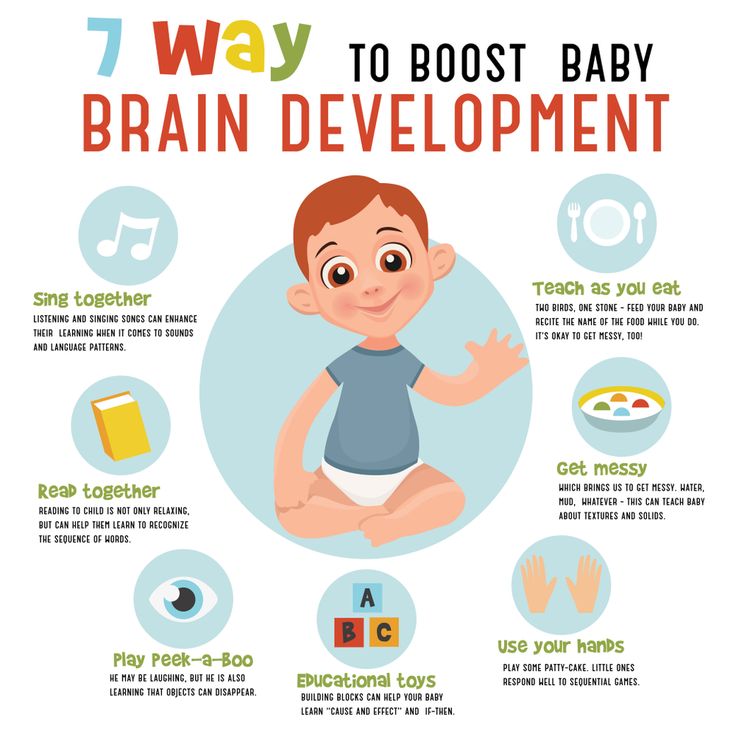 https://happiful.com/food-kids-mental-health/
https://happiful.com/food-kids-mental-health/
'Zero to Three'. (n.d.). How does nutrition affect the developing brain? Retrieved from https://www.zerotothree.org/resources/1372-how-does-nutrition-affect-the-developing-brain
'Abbott Nutrition'. (January 2020). How nutrition can shape a child’s emotional well-being. Retrieved from https://www.nutritionnews.abbott/pregnancy-childhood/kids-growth/how-nutrition-can-shape-a-child-s-emotional-well-being/
Karratti, D. (December 2018). How poor nutrition affects child development. Hello Motherhood. Retrieved from https://www.hellomotherhood.com/how-poor-nutrition-affects-child-development-7850348.html
'Children's Bureau'. (May 2018). Importance of good nutrition for young children. Child Abuse Prevention, Treatment & Welfare Services. Retrieved from https://www.all4kids.org/news/blog/importance-of-good-nutrition-for-young-children/
Understanding the Role of Nutrition in the Brain & Behavioral Development of Toddlers and Preschool Children: Identifying and Overcoming Methodological Barriers
1. Hsu YC, Lee DC, Chiu IM. Neural stem cells, neural progenitors, and neurotrophic factors. Cell Transplant. 2007;16:133–50. [PubMed] [Google Scholar]
Hsu YC, Lee DC, Chiu IM. Neural stem cells, neural progenitors, and neurotrophic factors. Cell Transplant. 2007;16:133–50. [PubMed] [Google Scholar]
2. Heng JI, Moonen G, Nguyen L. Neurotransmitters regulate cell migration in the telencephalon. Eur J Neurosci. 2007;26:537–46. [PubMed] [Google Scholar]
3. Nakajima K, Tohyama Y, Maeda S, Kohsaka S, Kurihara T. Neuronal regulation by which microglia enhance the production of neurotrophic factors for GABAergic, catecholaminergic, and cholinergic neurons. Neurochem Int. 2007;50:807–20. [PubMed] [Google Scholar]
4. Levitt P. Structural and functional maturation of the developing primate brain. J Pediatr. 2003;143:S35–45. [PubMed] [Google Scholar]
5. Zeisel SH. Importance of methyl donors during reproduction. Am J Clin Nutr. 2009;89(2):673S–7S. [PMC free article] [PubMed] [Google Scholar]
6. Bryan J, Osendarp S, Hughes D, Calvaresi E, Baghurst K, van Klinken JW. Nutrients for cognitive development in school-aged children. Nutr Rev. 2004;62:295–306. [PubMed] [Google Scholar]
Nutr Rev. 2004;62:295–306. [PubMed] [Google Scholar]
7. Levi RS, Sanderson IR. Dietary regulation of gene expression. Curr Opin Gastroenterol. 2004;20:139–42. [PubMed] [Google Scholar]
8. Parada C, Gato A, Bueno D. All-trans retinol and retinol-binding protein from embryonic cerebrospinal fluid exhibit dynamic behaviour during early central nervous system development. Neuroreport. 2008;19:945–50. [PubMed] [Google Scholar]
9. Jacobson JL, Jacobson SW, Muckle G, et al. Beneficial effects of a polyunsaturated fatty acid on infant development: evidence from the inuit of arctic Quebec. J Pediatr. 2008;152:356–64. [PubMed] [Google Scholar]
10. Livesay PJ, Morgan GA. The development of response inhibition in 4- and 5-year-old children. Aust J Psychol. 1991;43:133–137. [Google Scholar]
11. Kochanska G, Coy KC, Murray KT. The development of self-regulation in the first four years of life. Child Dev. 2001;72:1091–1111. [PubMed] [Google Scholar]
12. Zelazo PD, Frye D, Rapus T.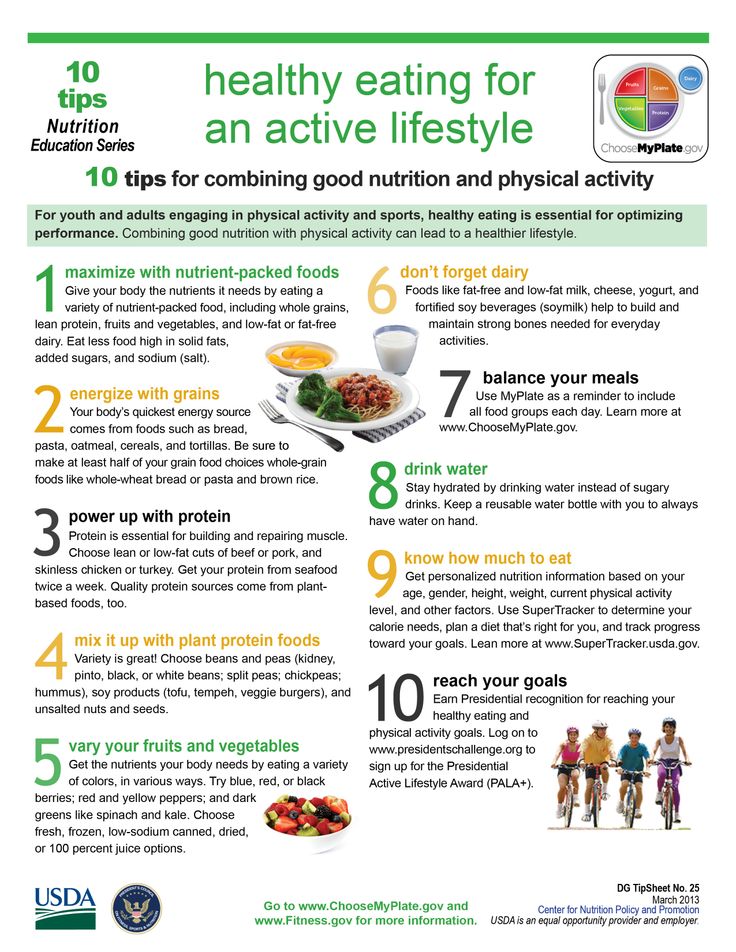 An age-related dissociation between knowing rules and using them. Cog De. 1996;11:37–63. [Google Scholar]
An age-related dissociation between knowing rules and using them. Cog De. 1996;11:37–63. [Google Scholar]
13. Burrage MS, Ponitz CC, McCready EA, et al. Age- and schooling-related effects on executive functions in young children: a natural experiment. Child Neuropsychol. 2008;14:510–24. [PubMed] [Google Scholar]
14. Sakai KL. Language acquisition and brain development. Science. 2005;310:815–9. [PubMed] [Google Scholar]
15. Kranzler JH. Assessment of children and youth from culturally and linguistically diverse backgrounds with mental chronometric techniques. Percept Mot Skills. 1998;86:321–2. [PubMed] [Google Scholar]
16. Kranzler JH. Educational policy issues related to the use and interpretation of intelligence tests in the schools. School Psyc Rev. 1997;26:150–163. [Google Scholar]
17. Canivez GL, Watkins MW. Long-term stability of the Wechsler Intelligence Scale for Children-Third Edition. Psycholl Assess. 1998;10:285–291. [Google Scholar]
18. Bradley RH, Corwyn RF.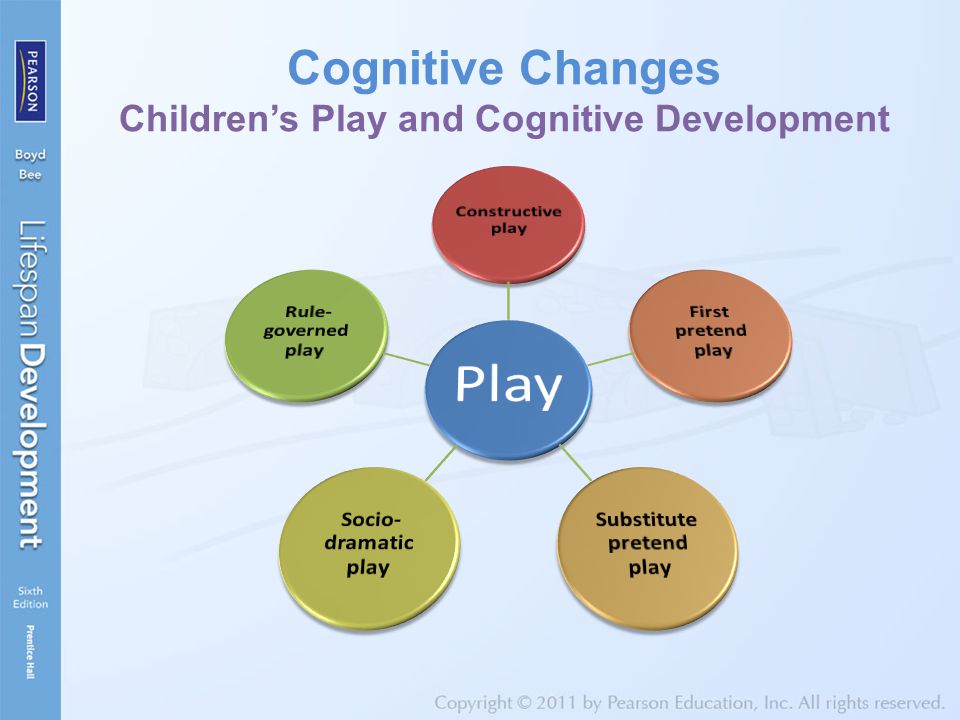 Socioeconomic status and child development. Annu Rev Psychol. 2002;53:371–99. [PubMed] [Google Scholar]
Socioeconomic status and child development. Annu Rev Psychol. 2002;53:371–99. [PubMed] [Google Scholar]
19. Martorell R. The interrelation of diet and infectious disease in P.E.M. In: Green LS, Johnston FE, editors. Social and Biological Predictors of Nutritional Status, Physical Growth, and Neurological Development. New York, NY: Academic Press; 1980. pp. 188–213. [Google Scholar]
20. Cook JT, Frank DA, Casey PH, et al. A brief indicator of household energy security: associations with food security, child health, and child development in US infants and toddlers. Pediatrics. 2008;122:e867–75. [PubMed] [Google Scholar]
21. Weinreb L, Wehler C, Perloff J, et al. Hunger: its impact on children’s health and mental health. Pediatrics. 2002;110:e41. [PubMed] [Google Scholar]
22. Wasserman CR, Shaw GM, Selvin S, Gould JB, Syme SL. Socioeconomic status, neighborhood social conditions, and neural tube defects. Am J Public Health. 1998;88:1674–80. [PMC free article] [PubMed] [Google Scholar]
23.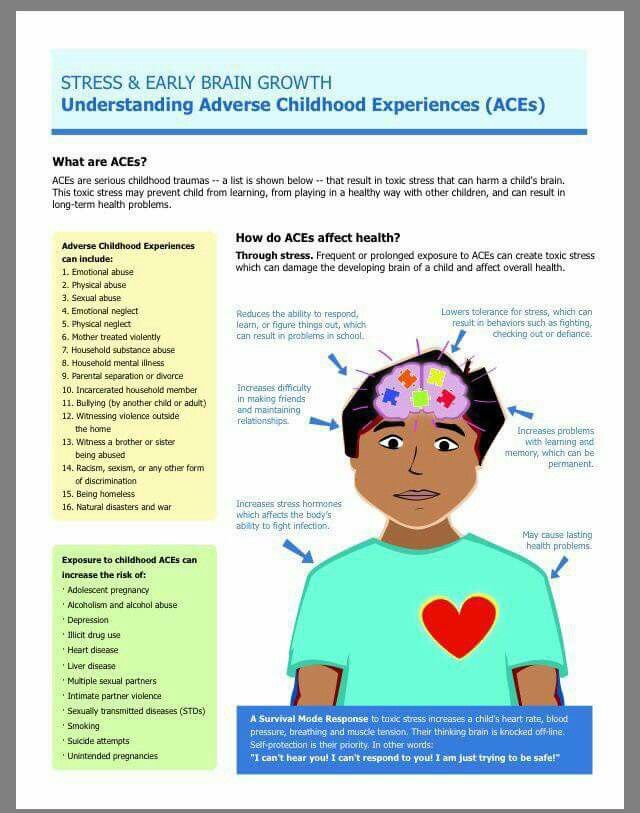 Oski FA. Iron deficiency in infancy and childhood. N Engl J Med. 1993;329:190–3. [PubMed] [Google Scholar]
Oski FA. Iron deficiency in infancy and childhood. N Engl J Med. 1993;329:190–3. [PubMed] [Google Scholar]
24. Valenzuela M. Maternal sensitivity in a developing society: the context of urban poverty and infant chronic undernutrition. Dev Psychol. 1997;33:845–55. [PubMed] [Google Scholar]
25. Johnston FE, Low SM, de Baessa Y, MacVean RB. Interaction of nutritional and socioeconomic status as determinants of cognitive development in disadvantaged urban Guatemalan children. Am J Phys Anthropol. 1987;73:501–6. [PubMed] [Google Scholar]
26. Deaton A. Height, health, and development. Proc Natl Acad Sci. 2007;104:13232–7. [PMC free article] [PubMed] [Google Scholar]
27. Brown JL, Pollitt E. Malnutrition, poverty and intellectual development. Sci Am. 1996;274:38–43. [PubMed] [Google Scholar]
28. Rao R, Georgieff MK. Early nutrition and brain development. The effects of early adversity on neurobehavioral development. In: Nelson CA, editor. Minnesota Symposium on Child Psychology.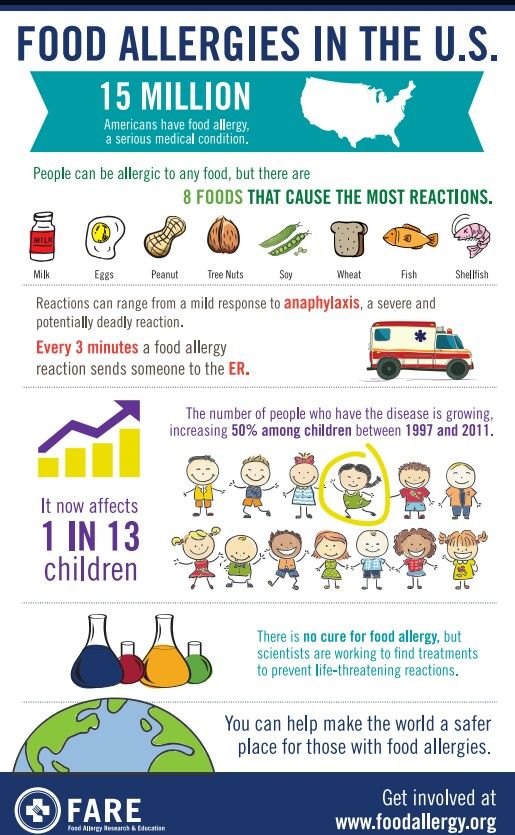 Vol. 31. Hillsdale, NJ: Erlbaum Associates; 2000. pp. 1–30. [Google Scholar]
Vol. 31. Hillsdale, NJ: Erlbaum Associates; 2000. pp. 1–30. [Google Scholar]
29. Georgieff MK. Nutrition and the developing brain: nutrient priorities and measurement. Am J Clin Nutr. 2007;85:614S–620S. [PubMed] [Google Scholar]
30. Czeizel A, Dudas I. Prevention of the first occurrence of neural-tube defects by periconceptional vitamin supplementation. N Engl J Med. 1992;327:1832–35. [PubMed] [Google Scholar]
31. Thompson RA, Nelson CA. Developmental science and the media. Early brain development. Am Psychol. 2001;56(1):5–15. [PubMed] [Google Scholar]
32. Neville H, Bavelier D. Human brain plasticity: evidence from sensory deprivation and altered language experience. Prog Brain Res. 2002;138:177–88. [PubMed] [Google Scholar]
33. Collignon O, Voss P, Lassonde M, Lepore F. Cross-modal plasticity for the spatial processing of sounds in visually deprived subjects. Exp Brain Res. 2009;192:343–58. [PubMed] [Google Scholar]
34. Huttenlocher PR, de Courten C. The development of synapses in striate cortex of man. Hum Neurobiol. 1987;6:1–9. [PubMed] [Google Scholar]
The development of synapses in striate cortex of man. Hum Neurobiol. 1987;6:1–9. [PubMed] [Google Scholar]
35. Pascual-Leone A, Amedi A, Fregni F, Merabet LB. The plastic human brain cortex. Annu Rev Neurosci. 2005;28:377–401. [PubMed] [Google Scholar]
36. Mercado E., 3rd Neural and cognitive plasticity: from maps to minds. Psychol Bull. 2008;134(1):109–37. [PubMed] [Google Scholar]
37. Adams J, Barone S, Jr, LaMantia A, Philen R, Rice DC, Spear L, Susser E. Workshop to identify critical windows of exposure for children’s health: neurobehavioral work group summary. Environ Health Perspect. 2000;108:535–44. [PMC free article] [PubMed] [Google Scholar]
38. Lenroot RK, Giedd JN. Brain development in children and adolescents: insights from anatomical magnetic resonance imaging. Neurosci Biobehav Rev. 2006;30:718–29. [PubMed] [Google Scholar]
39. Hampton RR, Sherry DF, Shettleworth SJ, Khurgel M, Ivy G. Hippocampal volume and food-storing behavior are related in parids. Brain Behav Evol. 1995;45:54–61. [PubMed] [Google Scholar]
Brain Behav Evol. 1995;45:54–61. [PubMed] [Google Scholar]
40. Van Petten C. Relationship between hippocampal volume and memory ability in healthy individuals across the lifespan: review and meta-analysis. Neuropsychologia. 2004;42(10):1394–413. [PubMed] [Google Scholar]
41. Niculescu MD, Craciunescu CN, Zeisel SH. Gene expression profiling of choline-deprived neural precursor cells isolated from mouse brain. Brain Res Mol Brain Res. 2005;134:309–22. [PubMed] [Google Scholar]
42. Davis JM, Otto DA, Weil DE, Grant LD. The comparative developmental neurotoxicity of lead in humans and animals. Neurotoxicol Teratol. 1990;12(3):215–29. [PubMed] [Google Scholar]
43. Meck WH, Williams CL. Metabolic imprinting of choline by its availability during gestation: implications for memory and attentional processing across the lifespan. Neurosci Biobehav Rev. 2003;27(4):385–99. [PubMed] [Google Scholar]
44. Niculescu MD, Craciunescu CN, Zeisel SH. Dietary choline deficiency alters global and gene-specific DNA methylation in the developing hippocampus of mouse fetal brains.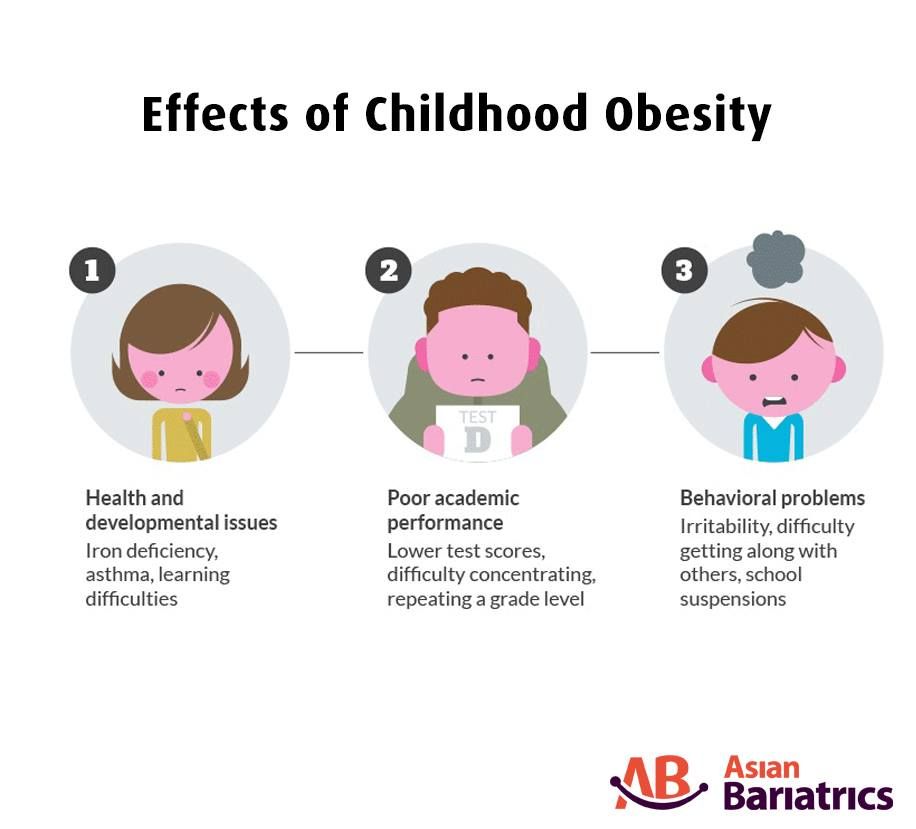 FASEB J. 2006;20:43–9. [PMC free article] [PubMed] [Google Scholar]
FASEB J. 2006;20:43–9. [PMC free article] [PubMed] [Google Scholar]
45. Craciunescu CN, Albright CD, Mar MH, Song J, Zeisel SH. Choline availability during embryonic development alters progenitor cell mitosis in developing mouse hippocampus. J Nutr. 2003;133:3614–8. [PMC free article] [PubMed] [Google Scholar]
46. Shaw GM, Carmichael SL, Yang W, Selvin S, Schaffer DM. Periconceptional dietary intake of choline and betaine and neural tube defects in offspring. Am J Epidemiol. 2004;160(2):102–9. [PubMed] [Google Scholar]
47. Clancy B, Kersh B, Hyde J, Darlington RB, Anand KJ, Finlay BL. Web-based method for translating neurodevelopment from laboratory species to humans. Neuroinformatics. 2007;5(1):79–94. [PubMed] [Google Scholar]
48. Thomas KM, Tseng A. Functional MRI methods in developmental cognitive neuroscience. In: Nelson CA, Luciana M, editors. Handbook of Developmental Cognitive Neuroscience. 2. Cambridgw, MA: MIT Press; 2008. pp. 311–23. [Google Scholar]
49.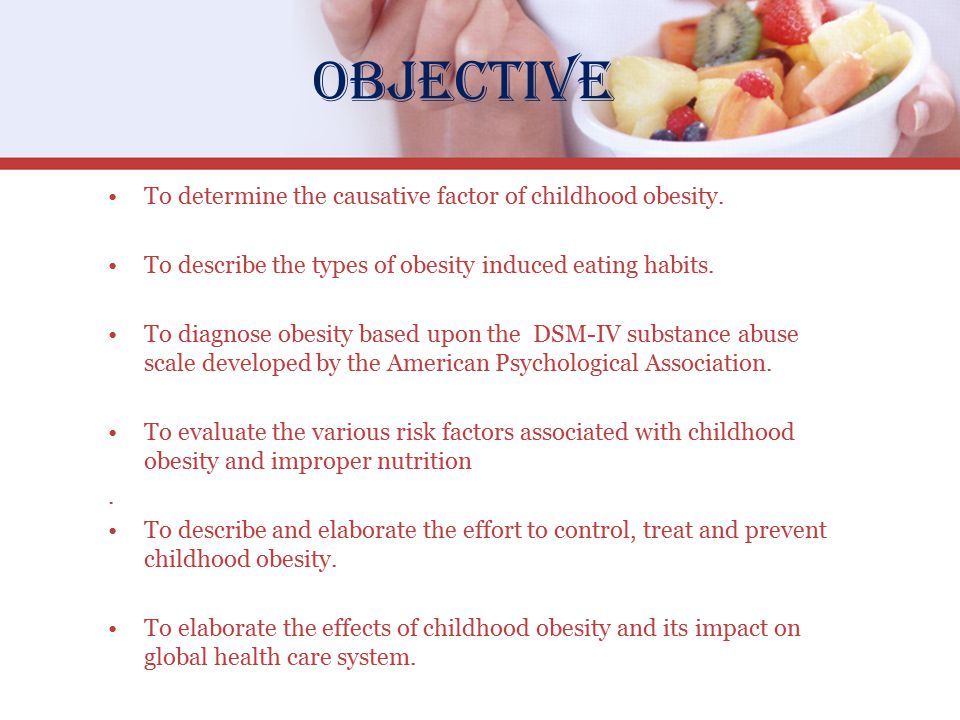 Smith LM, Chang L, Yonekura ML, et al. Brain proton magnetic resonance spectroscopy and imaging in children exposed to cocaine in utero. Pediatrics. 2001;107(2):227–31. [PMC free article] [PubMed] [Google Scholar]
Smith LM, Chang L, Yonekura ML, et al. Brain proton magnetic resonance spectroscopy and imaging in children exposed to cocaine in utero. Pediatrics. 2001;107(2):227–31. [PMC free article] [PubMed] [Google Scholar]
50. Perantie DC, Wu J, Koller JM, Lim A, Warren SL, Black KJ, Sadler M, White NH, Hershey T. Regional brain volume differences associated with hyperglycemia and severe hypoglycemia in youth with type 1 diabetes. Diabetes Care. 2007;30:2331–7. [PubMed] [Google Scholar]
51. Perantie DC, Lim A, Wu J, Weaver P, Warren SL, Sadler M, White NH, Hershey T. Effects of prior hypoglycemia and hyperglycemia on cognition in children with type 1 diabetes mellitus. Pediatr Diabetes. 2008;9:87–95. [PubMed] [Google Scholar]
52. deRegnier RA, Long JD, Georgieff MK, Nelson CA. Using event-related potentials to study perinatal nutrition and brain development in infants of diabetic mothers. Dev Neuropsychol. 2007;31:379–96. [PMC free article] [PubMed] [Google Scholar]
53. Lee N, Chamberlain L.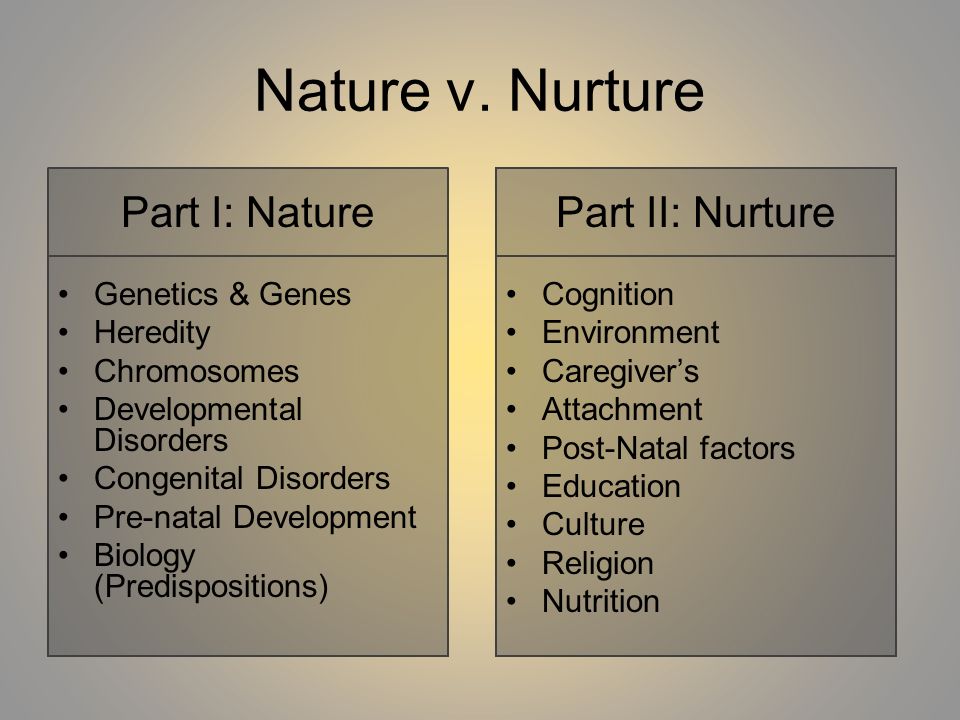 Neuroimaging and psychophysiological measurement in organizational research: an agenda for research in organizational cognitive neuroscience. Ann N Y Acad Sci. 2007;1118:18–42. [PubMed] [Google Scholar]
Neuroimaging and psychophysiological measurement in organizational research: an agenda for research in organizational cognitive neuroscience. Ann N Y Acad Sci. 2007;1118:18–42. [PubMed] [Google Scholar]
54. Beard J. Recent evidence from human and animal studies regarding iron status and infant development. J Nutr. 2007;137:524s–530s. [PubMed] [Google Scholar]
55. Zhou SJ, Gibson RA, Crowther CA, Baghurst P, Makrides M. Effect of iron supplementation during pregnancy on the intelligence quotient and behavior of children at 4 y of age: long-term follow-up of a randomized controlled trial. Am J Clin Nutr. 2006;83:1112–7. [PubMed] [Google Scholar]
56. Lind T, Lönnerdal B, Stenlund H, Gamayanti IL, Ismail D, Seswandhana R, Persson LA. A community-based randomized controlled trial of iron and zinc supplementation in Indonesian infants: effects on growth and development. Am J Clin Nutr. 2004;80:729–36. [PubMed] [Google Scholar]
57. Black MM, Baqui AH, Zaman K, et al. Iron and zinc supplementation promote motor development and exploratory behavior among Bangladeshi infants.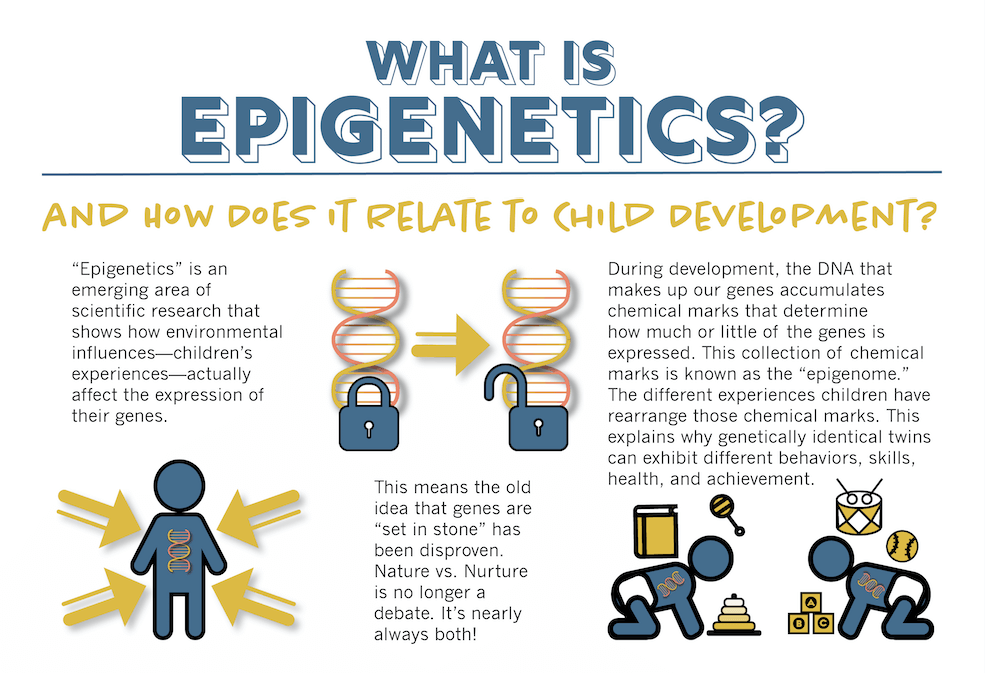 Am J Clin Nutr. 2004;80:903–10. [PubMed] [Google Scholar]
Am J Clin Nutr. 2004;80:903–10. [PubMed] [Google Scholar]
58. Lozoff B, Brittenham GM, Wolf AW, et al. Iron deficiency anemia and iron therapy effects on infant developmental test performance. Pediatrics. 1987;79:981–95. [PubMed] [Google Scholar]
59. Logan S, Martins S, Gilbert R. Iron therapy for improving psychomotor development and cognitive function in children under the age of three with iron deficiency anaemia. Cochrane Database Syst Rev. 2001;(2):CD001444. [PubMed] [Google Scholar]
60. Idjradinata P, Pollitt E. Reversal of developmental delays in iron-deficient anaemic infants treated with iron. Lancet. 1993;34:1–4. [PubMed] [Google Scholar]
61. Akman M, Cebeci D, Okur V, Angin H, Abali O, Akman AC. The effects of iron deficiency on infants’ developmental test performance. Acta Paediatr. 2004;93:1391–6. [PubMed] [Google Scholar]
62. Metallinos-Katsaras E, Valassi-Adam E, Dewey KG, Lönnerdal B, Stamoulakatou A, Pollitt E. Effect of iron supplementation on cognition in Greek preschoolers.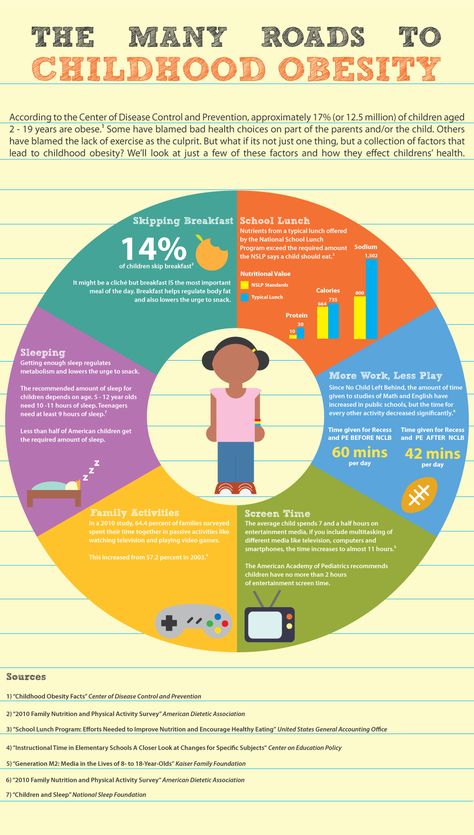 Eur J Nutr. 2004;58:1532–42. [PubMed] [Google Scholar]
Eur J Nutr. 2004;58:1532–42. [PubMed] [Google Scholar]
63. Beard JL. Iron deficiency alters brain development and functioning. J Nutr. 2003;133:1468S–1472S. [PubMed] [Google Scholar]
64. González HF, Malpeli A, Etchegoyen G, et al. Acquisition of visuomotor abilities and intellectual quotient in children aged 4–10 years: relationship with micronutrient nutritional status. Biol Trace Elem Res. 2007;120:92–101. [PubMed] [Google Scholar]
65. Fenson L, Marchman VA, Thal D, Dale P, Reznick JS, Bates E. User’s Guide and Technical Manual. 2. Baltimore, MD: Paul H. Brookes Publishing Company; 2007. The MacArthur-Bates Communicative Development Inventories. [Google Scholar]
66. Brown JH, Johnson MH, Paterson SJ, Gilmore R, Longhi E, Karmiloff-Smith A. Spatial representation and attention in toddlers with Williams syndrome and Down syndrome. Neuropsychologia. 2003;41:1037–46. [PubMed] [Google Scholar]
67. Kannass KN, Oakes LM, Shaddy DJ. A longitudinal investigation of the development of attention and distractibility. J Cog Dev. 2006;7:381–409. [Google Scholar]
J Cog Dev. 2006;7:381–409. [Google Scholar]
68. Weissberg R, Ruff HA, Lawson KR. The usefulness ofreaction time tasks in studying attention and organization of behavior in young children. Devel Behav Pedia. 1990;11:59–64. [PubMed] [Google Scholar]
69. Scerif G, Cornish K, Wilding J, Driver J, Karmiloff-Smith A. Visual search in typically developing toddlers and toddlers with Fragile X or Williams syndrome. Dev Sci. 2004;7:116–130. [PubMed] [Google Scholar]
70. Heffelfinger AK, Craft S, White DA, Shyken J. Visual attention in preschool children prenatally exposed to cocaine: Implications for behavioral regulation. J Int Neuropsychol Soc. 2002;8:12–21. [PubMed] [Google Scholar]
71. Meltzoff AN. What infant memory tells us about infantile amnesia: long-term recall and deferred imitation. J Exp Child Psychol. 1995;59:497–515. [PMC free article] [PubMed] [Google Scholar]
72. Klein PJ, Meltzoff AN. Long-term memory, forgetting and deferred imitation in 12-month-old infants.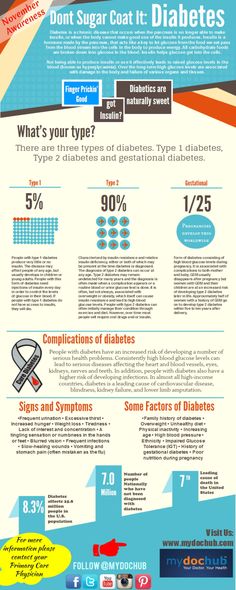 Dev Sci. 1999;2:102–13. [PMC free article] [PubMed] [Google Scholar]
Dev Sci. 1999;2:102–13. [PMC free article] [PubMed] [Google Scholar]
73. Liston C, Kagan J. Brain development: memory enhancement in early childhood. Nature. 2002;419:896. [PubMed] [Google Scholar]
74. Reznick JS, Morrow JD, Goldman BD, Snyder J. The onset of working memory in infants. Infancy. 2004;6:145–54. [Google Scholar]
75. Kagan J, Hamburg M. The enhancement of memory in the first year. J Genet Psychol. 1981 Mar;138:3–14. [PubMed] [Google Scholar]
76. Food and Nutrition Board Institute of Medicine. Dietary Reference Intakes: A risk assessment model for establishing upper intake levels for nutrients. Washington, D.C: National Academy Press; 1998. [Google Scholar]
77. Food and Nutrition Board Institute of Medicine. Dietary Reference Intakes for vitamin A, vitamin K, arsenic, boron, chromium, copper, iodine, iron, manganese, molybdenum, nickel, silicon, vanadium, and zinc. Washington, D.C: National Academies Press; 2001. [PubMed] [Google Scholar]
78.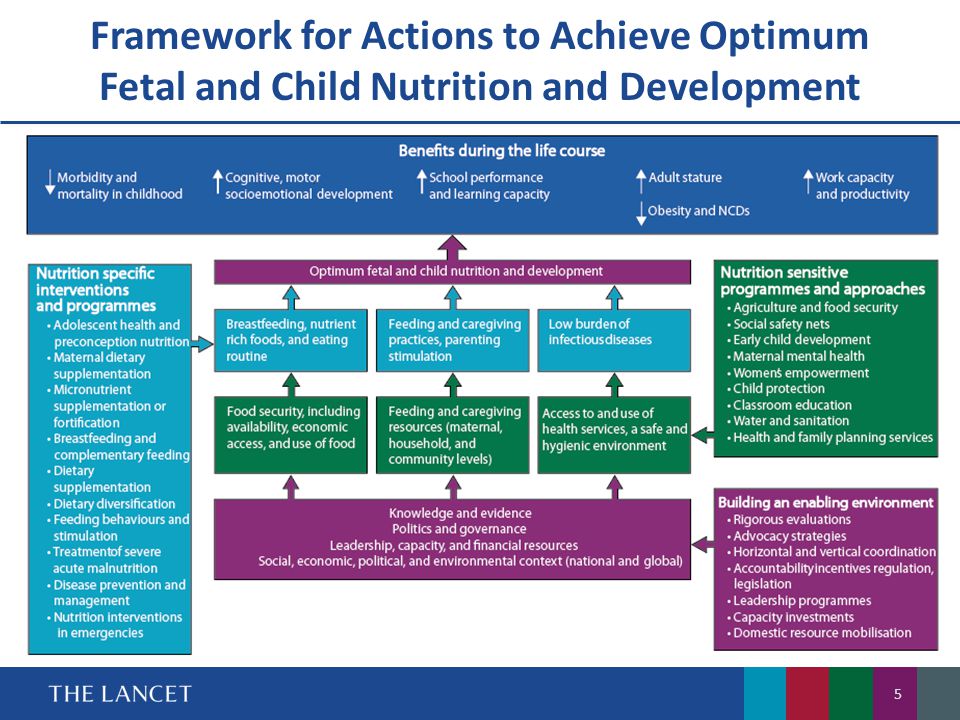 Lozoff B, Clark KM, Jing Y, Armony-Sivan R, Angelilli ML, Jacobson SW. Dose-response relationships between iron deficiency with or without anemia and infant social-emotional behavior. J Pediatr. 2008;152:696–702. 702, 31–3. [PMC free article] [PubMed] [Google Scholar]
Lozoff B, Clark KM, Jing Y, Armony-Sivan R, Angelilli ML, Jacobson SW. Dose-response relationships between iron deficiency with or without anemia and infant social-emotional behavior. J Pediatr. 2008;152:696–702. 702, 31–3. [PMC free article] [PubMed] [Google Scholar]
79. Rush D. Periconceptional folate and neural tube defect. Am J Clin Nutr. 1994;59:511S–515S. [PubMed] [Google Scholar]
80. Bayer SA, Altman J, Russo RJ, Zhang X. Timetables of neurogenesis in the human brain based on experimentally determined patterns in the rat. Neurotoxicology. 1993;14:83–144. [PubMed] [Google Scholar]
81. Godfrey KM, Barker DJ. Fetal programming and adult health. Public Health Nutr. 2001;4:611–24. [PubMed] [Google Scholar]
82. Bhutta ZA. Micronutrient needs of malnourished children. Curr Opin Clin Nutr Metab Care. 2008;11:309–314. [PubMed] [Google Scholar]
83. Aggett P. Evidence based nutrition and health claims on foods: a renaissance? Matern Child Nutr. 2006;2:65–6. [PMC free article] [PubMed] [Google Scholar]
84.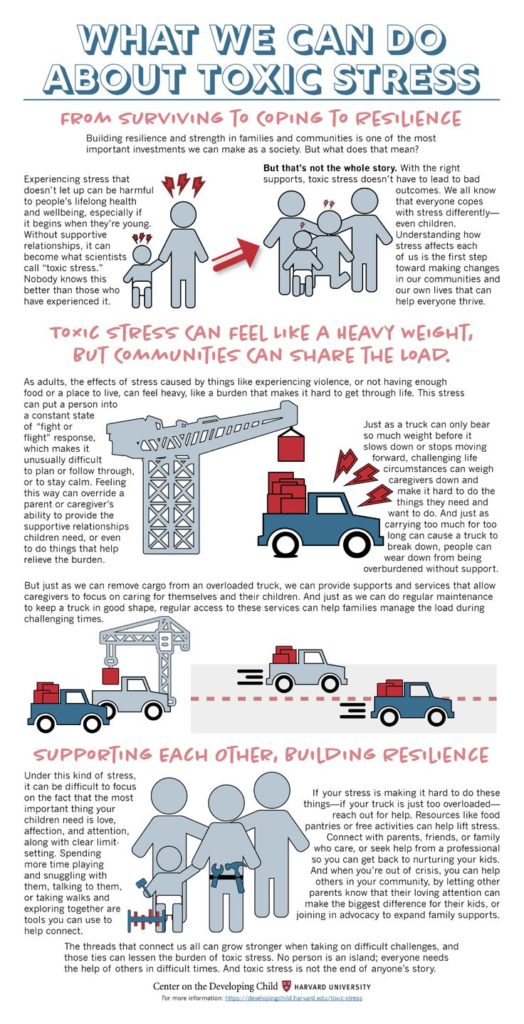 Dauncey MJ, Bicknell RJ. Nutrition and neurodevelopment: mechanisms of developmental dysfunction and disease in later life. Nutr Res Rev. 1999;12:231–253. [PubMed] [Google Scholar]
Dauncey MJ, Bicknell RJ. Nutrition and neurodevelopment: mechanisms of developmental dysfunction and disease in later life. Nutr Res Rev. 1999;12:231–253. [PubMed] [Google Scholar]
How nutrition affects the intelligence of a child
We use cookies
to improve our experience!
Good
Author: Vera Yakubson
January 20, 2022
2273 views
In the first years of a child's life, more than 1 million new neural connections appear every second. The US Centers for Disease Control and Prevention writes that the human brain develops throughout life, but the first 8 years can lay the foundation for future health, learning and success in general.
The formation and development of the brain is influenced by many different factors, among them the nutrients that the child begins to receive in the womb. We figure out what kind of nutrition is needed for the development of intelligence and how to provide it.
In order for the brain to develop, various nutrients must be supplied to the body. Here are the elements that are most actively involved in the formation of the brain:
In order for the brain to develop, various nutrients must enter the body. Here are the elements that are most actively involved in the formation of the brain:
- protein - found in meat, fish, eggs, legumes and nuts;
- zinc - meat, fish, dairy products and nuts;
- iron - meat, legumes, dark leafy vegetables;
- choline - meat, dairy products and eggs;
- folic acid - liver, spinach;
- iodine - seafood, seaweed, iodized salt;
- vitamin A - liver, carrot, spinach;
- vitamin D - oily fish and fortified foods;
- vitamin B6 - organ meats, fish, potatoes, fruits;
- vitamin B12 - meat, fish, eggs, dairy products;
- polyunsaturated fatty acids, including omega-3 fatty fish and certain vegetable oils
Malnutrition refers to a lack of protein and calories, as well as a low amount of micronutrients in food.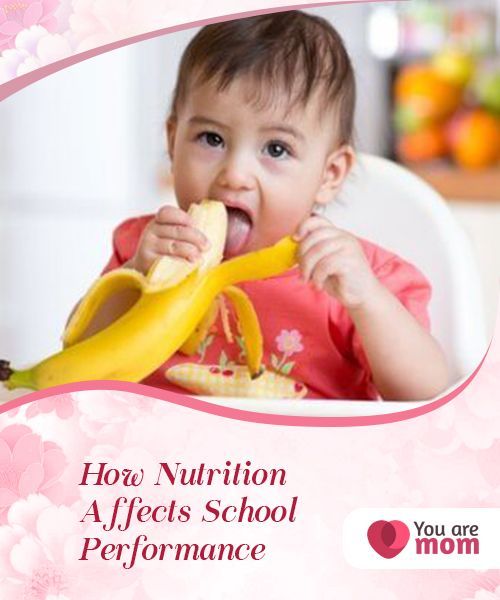 Lack of nutrition slows down the development of the child, including the formation of intelligence.
Lack of nutrition slows down the development of the child, including the formation of intelligence.
In 2020, 149 million children under 5 were stunted due to malnutrition. Growth retardation is associated with deterioration in the cognitive development of children. For example, a study of 40,000 Indian families found that non-malnourished children who are of normal height for their age are more likely to be able to write than their stunted peers.
Unlike general malnutrition, the impact of individual nutrient deficiencies on intelligence is not so obvious. The effects of iron, iodine, zinc, choline, B vitamins, and polyunsaturated fatty acids on brain development have been well studied in animals. Studies have shown that the lack of these substances slows down all the basic processes of brain formation.
Human studies of micronutrient deficiencies present ethical challenges. No one will specially not feed children, and if there is already a shortage, then usually there is not one, but several. In addition, the development of such children is almost always influenced by other factors: poverty, low education of parents, high levels of stress.
In addition, the development of such children is almost always influenced by other factors: poverty, low education of parents, high levels of stress.
The effects of iron, iodine and zinc deficiency on cognitive development are best studied. Iron deficiency during fetal development and after birth leads to the formation of iron deficiency anemia. Research shows that children who were anemic before age 2 have cognitive retardation and poor school performance until age 19.
The baby's brain is still being formed in the womb, and her diet can affect the process.
Folic acid deficiency in the diet of a pregnant woman leads to malformations of the neural tube - the basis of the future brain.
Iron, iodine and vitamin D are elements that also affect intrauterine brain development. A lack of iodine can lead to cretinism, a deficiency of thyroid hormones, which leads to a delay in physical and mental development.
The need for nutrients during pregnancy is higher, so you need to pay extra attention to your diet. It is better to minimize "empty calories" - processed food, sweets and saturated fats.
If you have any doubts that you are getting enough micronutrients from your diet, you should discuss your diet and the need to take prenatal vitamins with your doctor.
The connection between breastfeeding and the development of the child's nervous system has been proven in numerous studies. A 2015 meta-analysis found that even after adjusting for maternal cognition, breastfed babies had a 2.62 higher IQ. Without this adjustment, the difference was 3.44 points.
Most studies use different versions of IQ tests to measure intelligence. These tests are not the ultimate truth, but they allow you to compare the results of mental activity of different people. Scientists also use academic performance to assess children's cognitive abilities.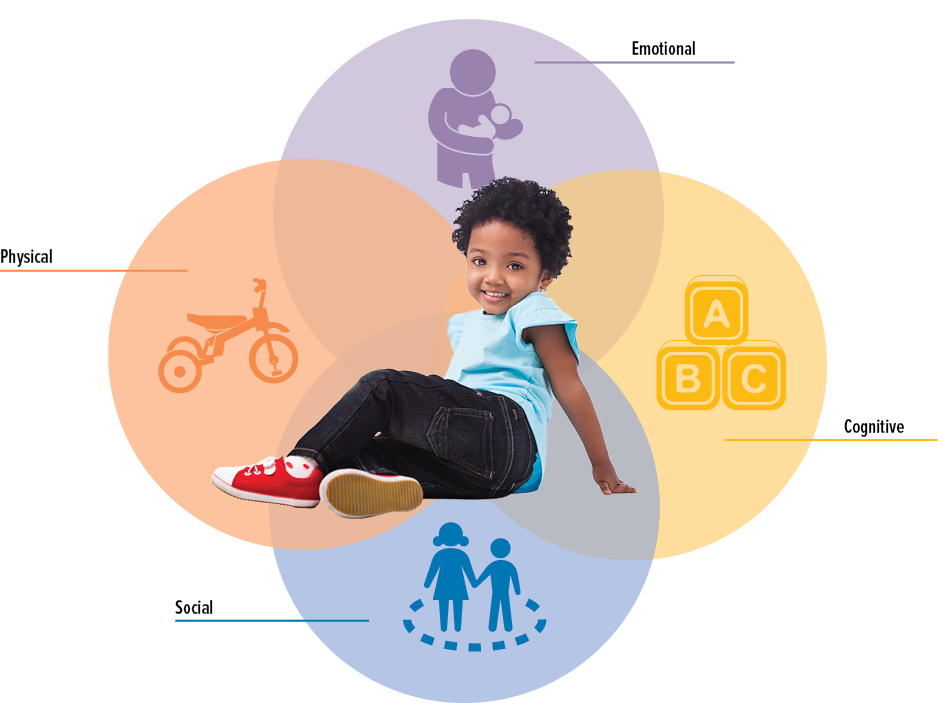
Whether the duration of breastfeeding affects the child's intelligence is not yet clear. A 2012 Cochrane review found that the duration of breastfeeding (three, four or six months) does not affect a child's cognitive function. A 2018 review cites two studies that have shown that longer breastfeeding has a positive effect on children's IQ.
To assess the impact of nutrition on the intelligence of children, it is necessary to track their development over several years. To do this, scientists take data from longitudinal cohort studies - when they observe a large number of people for a long time. An example of such a study is ALSPAC, or Children of the Nineties. At the end of 1991 In early 1992, scientists from the UK enrolled 14,000 pregnant women. Scientists are still monitoring the children born then, collecting data on the influence of genetic and external factors on development and health.
A 2011 ALSPAC study found that a healthy diet at age 3 resulted in an IQ increase at age 8.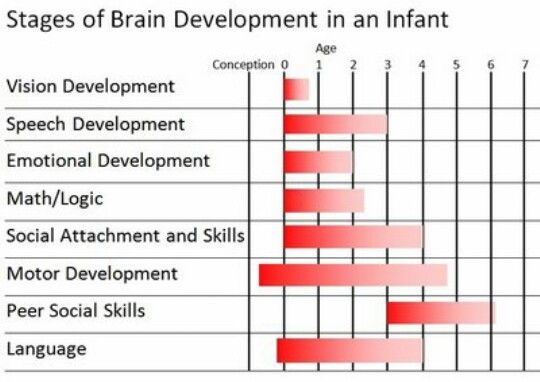 5. The healthy diet in this study included fruits, vegetables, rice, pasta, and fish. In contrast, children who ate a lot of processed foods high in sugar and fat had lower IQs.
5. The healthy diet in this study included fruits, vegetables, rice, pasta, and fish. In contrast, children who ate a lot of processed foods high in sugar and fat had lower IQs.
Useful substances are best obtained from food, and not in the form of dietary supplements. A balanced diet that includes all food groups provides enough macro and micronutrients for full brain development. The only exception may be vitamin D, which is very scarce in food. It is recommended to give it to children soon after birth as a supplement: according to American standards, 400-600 international units, according to Russian - 1000-1500.
Studies on the effectiveness of iodine, iron and other supplements on cognitive development show conflicting results. They are mainly effective for children with general malnutrition. Under normal conditions, they can have the opposite effect. For example, one study looked at the cognitive development of children who ate iron-fortified infant formula.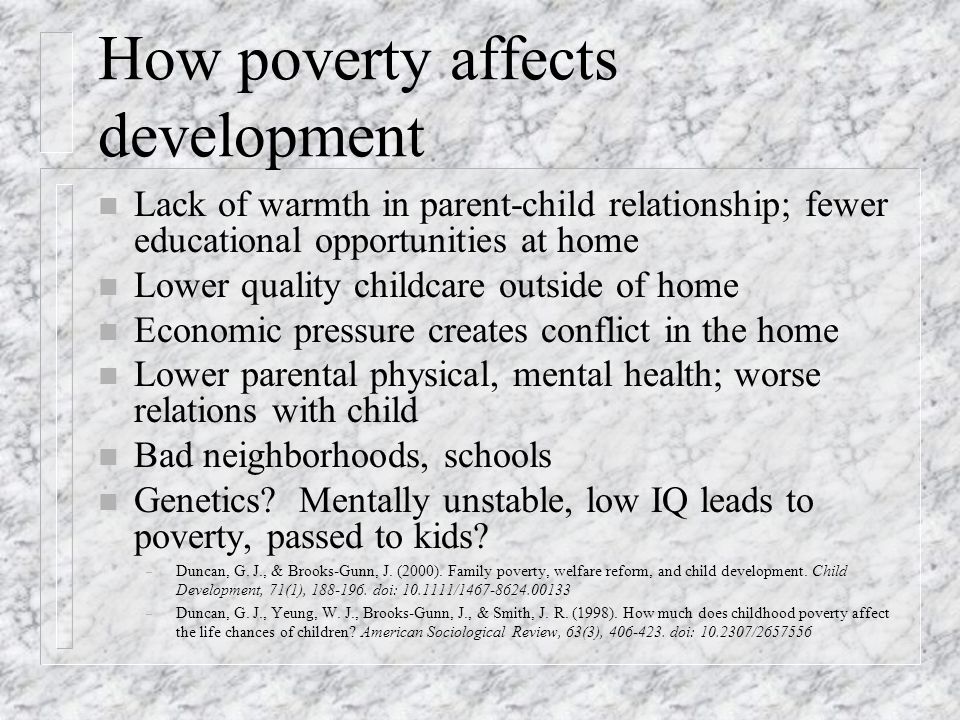 Children who initially had low hemoglobin had higher IQs after 10 years, and children with high hemoglobin had lower ones.
Children who initially had low hemoglobin had higher IQs after 10 years, and children with high hemoglobin had lower ones.
The recipe for growing a genius has not been invented yet. But there are nutritional recommendations that will give the baby's brain the opportunity to develop to its full potential:
- Eat well during pregnancy; If there is a shortage, make up.
- Breastfeed if possible.
- Give your child vitamin D from birth.
- Feed your child a varied and regular diet that includes foods from the five food groups: vegetables, fruits, whole grains, dairy, and protein.
- If you can't get all the nutrients in your diet, talk to your doctor about taking vitamins.
Topics
Food
Children's health
Choice of editors Is there any benefit from long-term storage products
1265 views
Food
September 6, 2022
→
TOP-5 protein sources for vegetarians and vegans
975 Views
Food
July 25, 2022
Hearing Claim
→
True, that Ivan Tea is useful, and in in coca-cola one chemistry?
1942 views
Food
0150 healthy, smart, happy.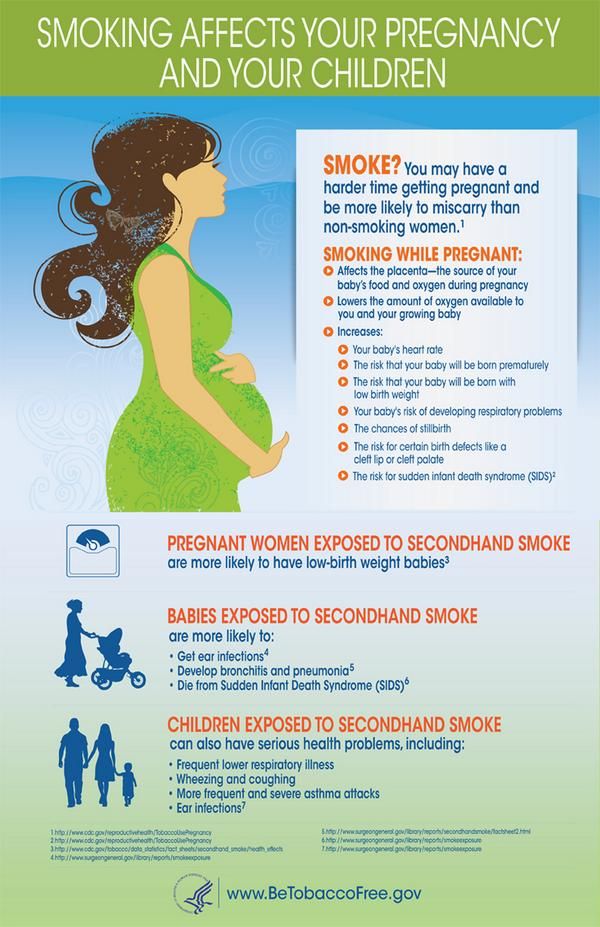
From childhood, we must teach our children to choose from the variety of foods that are really good for health. The nutrition of children is somewhat different from the nutrition of adults. If the child's nutrition system is built correctly, then the child develops normally, both physically and mentally.
Make your child's daily diet a way of life for your family. There is no need to arrange constant lectures from this on the topic of what is useful and what is harmful. By actively communicating with your child, setting an example, you instill good eating habits.
Only good things should be said at the table. The situation should help the child to relax, then the appetite will be good and the mood will be friendly. Children can help you with serving and decorating dishes. When serving vegetables and fruits, ask the children what vitamins and minerals they contain and why they are so useful. In order to organize the proper nutrition of the child, you need to follow a few important rules:
Rule 1
Diet should be varied.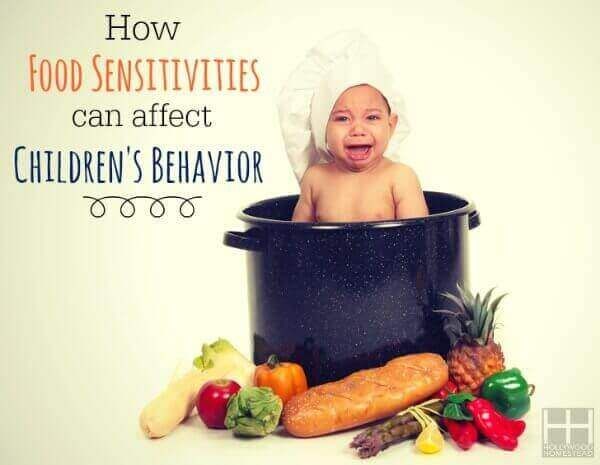
This is an important condition for the child's body to receive all the substances necessary for growth and development. Every day, the child's menu should include: fruits and vegetables; meat and fish; milk and dairy products; grain products (bread, cereals, cereals). Insufficiency or excess of food consumed by a child can adversely affect the activity of the gastrointestinal tract, contribute to metabolic disorders, increase overweight (even to various degrees of obesity) or lead to malnutrition.
If the child refuses to eat a healthy dish, invite him to experiment and make the dish unusual.
So, with the help of dried fruits and nuts, you can put a funny face on porridge, use ketchup and greens to draw a pattern on scrambled eggs, put mashed potatoes on a plate in the form of a snowman figure, etc.
What should not be used in children's nutrition:
- Offal other than liver, tongue, heart; blood, liver, raw smoked sausages.
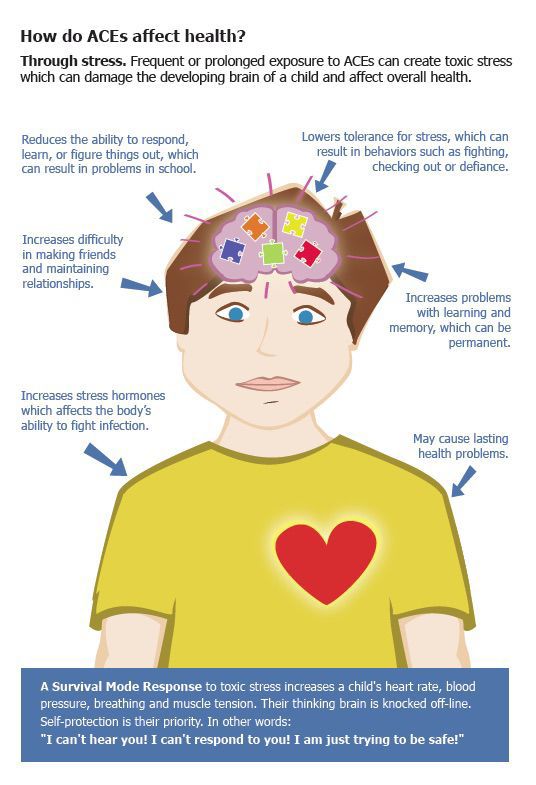
- Deep fried food and culinary products, chips.
- Curds, condensed milk with vegetable fats.
- Koumiss and fermented milk products containing ethanol (more than 0.5%).
- Cream confectionery containing vegetable protein.
- First and second courses based on fast food concentrates.
- Vinegar, mustard, horseradish, hot peppers and other hot spices and food products containing them, including hot sauces, ketchups, mayonnaises and mayonnaise sauces.
- Pickled vegetables and fruits.
- Natural coffee and carbonated drinks, apricot kernels, peanuts.
- Products, including confectionery, containing alcohol.
- Food products containing a large amount of food additives in their composition (information is indicated by the manufacturer on consumer packaging).
- Dry concentrates for cooking first and second courses (soups, Dosherak vermicelli, cereals).
Rule 2
Your child should eat regularly.
Children's diet is essential for the body's absorption of nutrients. Preschool children are recommended to eat 4-5 times a day, every 3 hours, at the same time, distributing the diet as follows: breakfast - 25%, lunch - 35%, afternoon snack - 15%, dinner - 25% . At school age, it is advisable to have four meals a day, every 4 hours with an even distribution of the daily ration: breakfast - 25%, second breakfast - 20%, lunch - 35%, dinner - 20%.
Try to stop snacking and teach your child to eat only at the table. If this still doesn't work, offer fruit, biscuits, juice for a snack - food that will help drown out hunger, but will not ruin your appetite.
Proper organization of school meals in the form of hot school breakfasts and lunches in long-day groups, whose diet should be 50-70% of the daily norm, is an important health-improving measure for student children, which parents, unfortunately, have little are paying attention. Eating sandwiches, pizza, chips, chocolate bars is harmful because - this food is inferior in composition and also irritates the stomach, contributing to the development of gastritis.